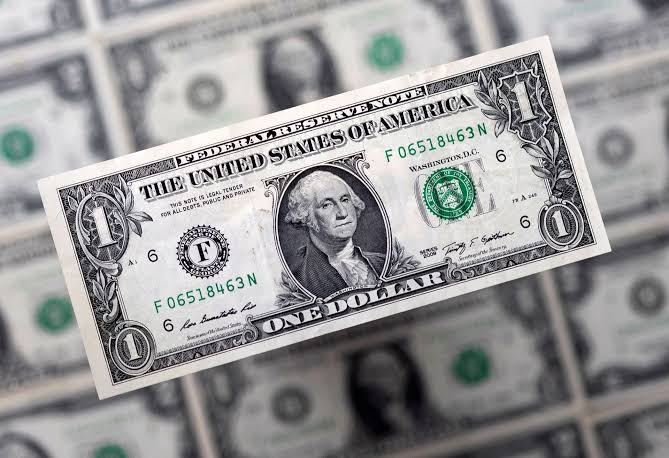Reputed regional banks in the United States with market exposure to crypto currency faced failure. Silicon Valley Bank (SVB) along with Signature Bank collapsed and left the world banking sector terrified as this is one of the biggest crisis since the financial crisis in 2008. Switzerland’s Credit Suisse brokered a deal with the government for UBS to acquire and the leading banks of US agreed to offer a rescue fund of $30 billion.
The crisis has triggered the wellbeing of the banking industry. There is an agitation of contagion and appropriate measures from the US Treasury and the private sector. However it is yet to be observed if that will be sufficient to manage the damage.
SVB (Silicon Valley Bank) stocks have been decreasing since March 19, 2023. United States Federal Reserve interest rates rose by 25 points again in the last week, and in the current cycle the cumulative rates were increased to 4.75 points.
While some potential economists questioned the benefits of inflation in all possible ways targeting the increasing interest rates and demand factor, the established macroeconomics held that as a necessary action, even if it is a miserable way to keep the economy from losing control. This type of argument does not justify the situations when financial institutions like Silicon Valley Bank start going up because they failed to record any kind of expected or potential losses in case the value of the bonds and the assets gets crashed due to the hikes in the rates.
Moving out banks by dumping the liquidity overrules the main purpose of tightening monetary policy by increasing the interest rates. This type of disruption was experienced earlier too, but the discontinuities between the theory and reality are the only proof throughout the time period of the sensitive crisis and it is forgotten when things turn to normal, as it always does. Some people believe that the root cause of the current situation in the US and global market is the inflationary stimulus which was not restrained by any developed countries during the pandemic.
Theoretically, they have a point, but no reasons were noticed during the pandemic for such a sharp decrease, an economic crisis and many people were affected by the economic crisis during these pandemic. This is one important lesson that is to be learnt from economists. It can be made applicable only if it is politically satisfying.
As the financial year is yet to start with increased rates on the cards, this issue should be considered by the policy planners before making the policy.

